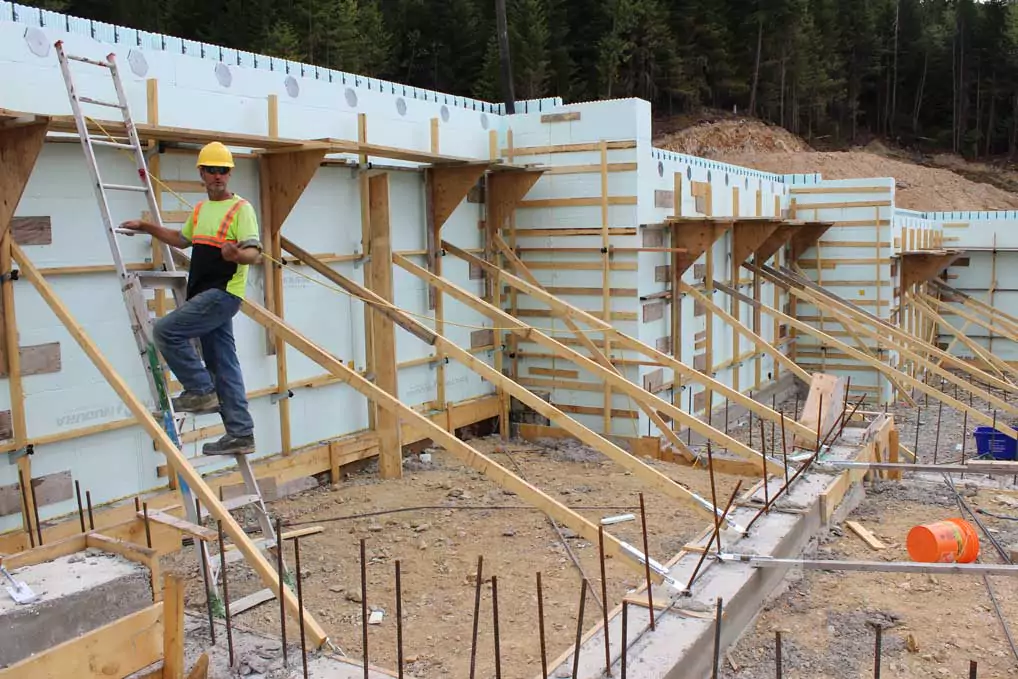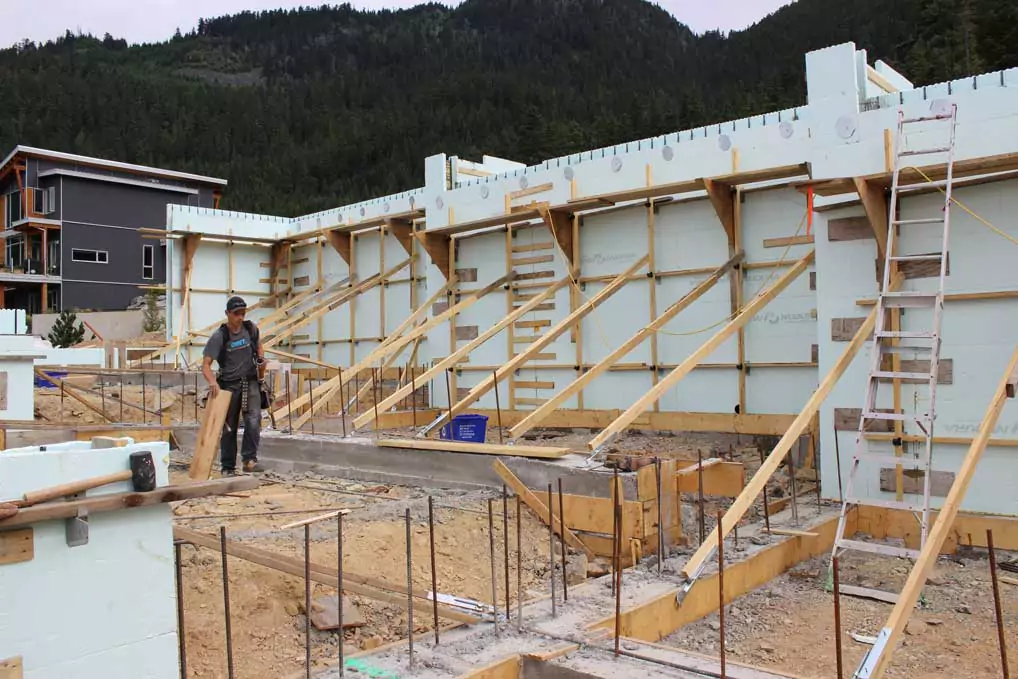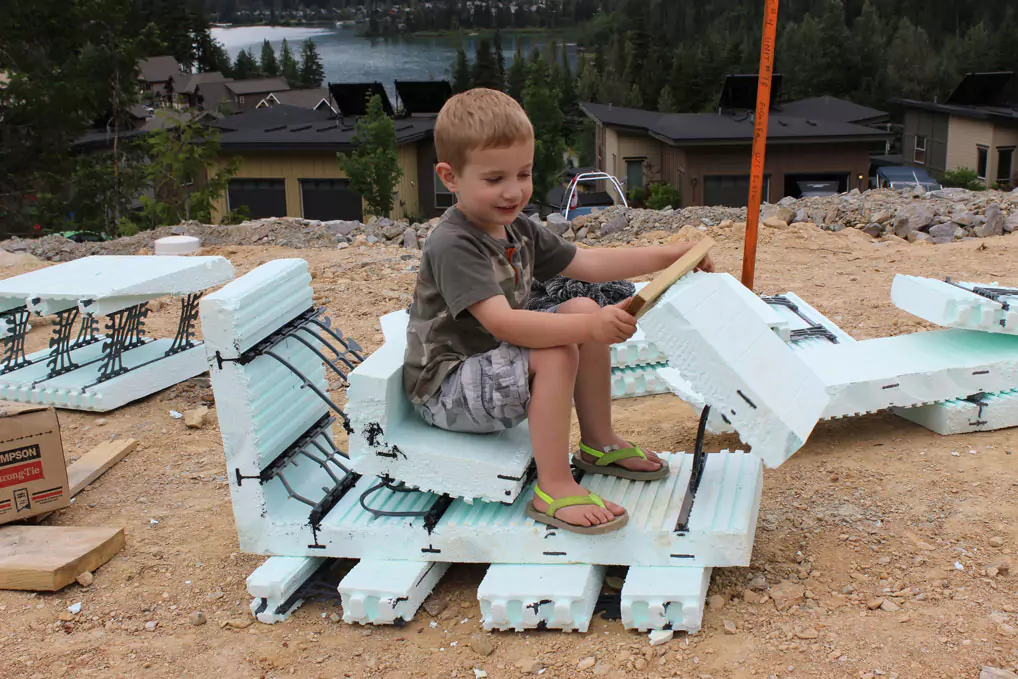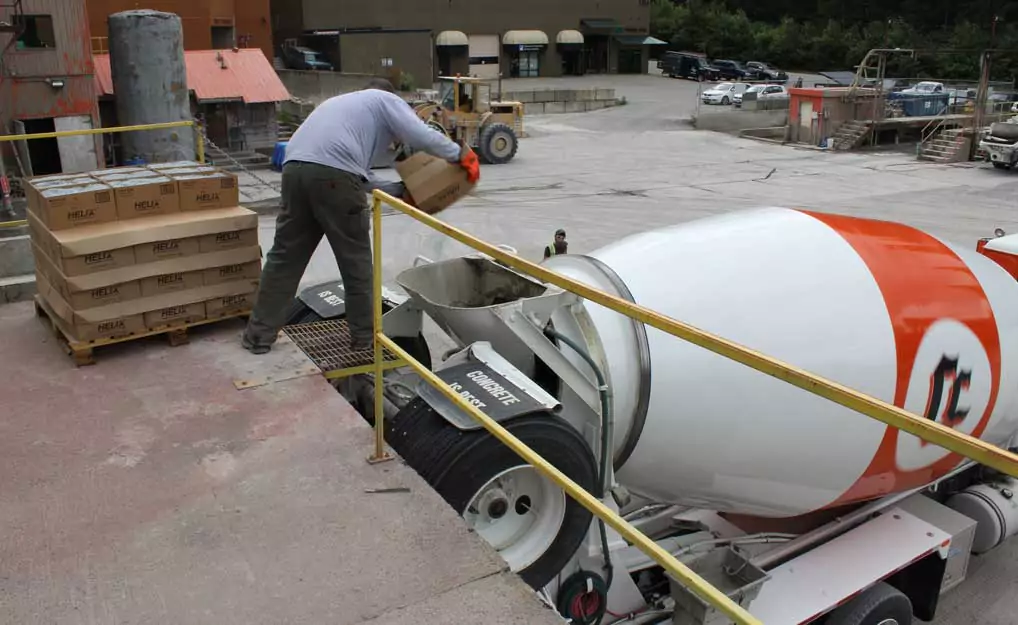COST COMPARISON - NUDURA vs PLYWOOD
With higher energy costs, increasing global temperatures and CO2 emissions, the media and public are now concerned with climate change. In 2015 the City of Vancouver changed the building code, requiring all foundations to have an effective thermal performance of R22.
True Benefits of Nudura over Plywood:
Space Savings: Nudura is thinner than the concrete + rigid foam + 2x8 stud wall. In the city of Vancouver, this can free up approximately 40 square feet of valuable living space.
Prevent Mold Growth: lumber and moisture provide the perfect envirnoment for mold growth. Concrete wicks up moisture from the ground and can induce mold growth in the adjacent wood stud wall. For more information, click here.
Calculator
The calculator below allows you to quickly compare the full costs of forming foundation walls using Nudura compared to plywood. To see the assumptions and the JavaSript code for the calculator, click here.
The calculator looks at the following factors:
- Nudura form cost, plywood rental cost
- Lumber cost in dollars per thousand board feet (MBF)
- Labour rate
- Zont bracing rental
- Delivery cost to and from the jobsite (in Vancouver)
- Labour to install the forms including rebar
- Labour cost to strip the plywood forms
- Concrete and pumping costs are not included
- Labour and material costs for batt insulation, rigid foam insulation and vapour barrier is required with plywood forms, not Nudura
- Dump fees for waste materials
For plywood to achieve R-24
- 2x6 stud wall
- 6" batt insulation
- vapour barrier
- 1" rigid foam board between concrete and stud wall
For plywood to achieve R-35
- 2x8 stud wall
- 8" batt insulation
- vapour barrier
- 2.5" rigid foam board between concrete and stud wall
Plywood vs ICF Cost Comparison

"I'm impressed with ICFs", confirmed Shawn. "To build and pour all the walls in this five-plex, we've spent about twenty man-days. With plywood it would have taken 35 to 40 man-days. Then to strip the forms I would have three men working two days. So I can bid this cheaper than conventional because it is so much faster."

"To get a wall truly straight with plywood is tough to do, and you can't move a wall after you pour. With ICFs and Zuckles you can move the wall up to 1/2" without any trouble."

Getting around the jobsite is much easier with a modified four wheel drive using this reversible corner block.

Conventional rebar was replaced by Helix®. The fibers were added to the concrete at the Cardinal Concrete plant in Whistler, BC. Dosage for the walls was 14.85 kg/m3.
"To place rebar in 160' of 12' high wall would take two days for two guys", said Shawn. That is taken right out of the picture all together. It's just a super system, super time saver. From a business standpoint that's what it's all about."